Imagine a land so vast, wild, and rich in natural resources that it seems to stretch endlessly into the horizon. Welcome to Alaska, the largest state in the United States. Its sheer size and grandeur capture the hearts and imaginations of people worldwide. But who exactly are Alaska’s largest landowners? As it turns out, the answer is quite complex and fascinating.
In Alaska, land ownership plays a pivotal role in shaping the state’s development, economy, and conservation efforts. A diverse mix of landowners with unique objectives and aspirations holds the keys to Alaska’s future.
In this article, we’ll journey across Alaska, from Denali’s towering peaks to the Arctic’s rugged coastline, to discover its largest landowners.
1. Federal Government — 223 Million Acres

The federal government owns 223 million acres in Alaska, including Denali National Park and Preserve.
©Bryan Neuswanger/Shutterstock.com
As we detail the largest landowners in Alaska, let’s begin with the one that claims the most territory: the federal government. With a vast 223 million acres under its management, it plays a pivotal role in the preservation of Alaska’s pristine wilderness and natural resources. The federal government’s vast holdings offer ample recreation, conservation, and resource development opportunities, from national parks to wildlife refuges.
The federal government’s management of land in Alaska centers around its extensive network of national parks, wildlife refuges, and forests. These protected areas, encompassing millions of acres of pristine wilderness, serve as havens for countless plant and animal species and cultural and historical treasures. Let’s explore the importance of these federally managed lands and the role they play in preserving Alaska’s unique ecosystems and heritage.
Denali National Park and Preserve
Venture into the heart of Alaska’s wilderness and find the breathtaking Denali National Park and Preserve. Spanning over 6 million acres, Denali is home to North America’s tallest peak, diverse ecosystems, and an abundance of wildlife. Visitors from around the world come to witness its beauty and partake in thrilling outdoor adventures.
Arctic National Wildlife Refuge
In the far reaches of Alaska’s northeastern corner lies the Arctic National Wildlife Refuge. The refuge is a crucial wildlife habitat, a vast expanse of 19.3 million acres teeming with migratory birds and iconic Arctic species, such as the polar bear. Still, it’s also at the center of ongoing debates over oil and gas development, highlighting the delicate balance between conservation and resource extraction.
Tongass National Forest
The lush, temperate rainforest of the Tongass National Forest spans 16.7 million acres in southeast Alaska. This old-growth forest boasts incredible biodiversity and provides essential habitat for countless species. Sustainable timber harvesting and responsible forest management are key to preserving this extraordinary ecosystem for generations to come.
Bureau of Land Management and U.S. Fish and Wildlife Service
These two agencies work hand in hand to oversee millions of acres of federal land in Alaska. They focus on land stewardship, resource development, and collaboration with state and local governments to ensure Alaska’s natural heritage’s sustainable use and preservation.
2. State of Alaska — 101 Million Acres
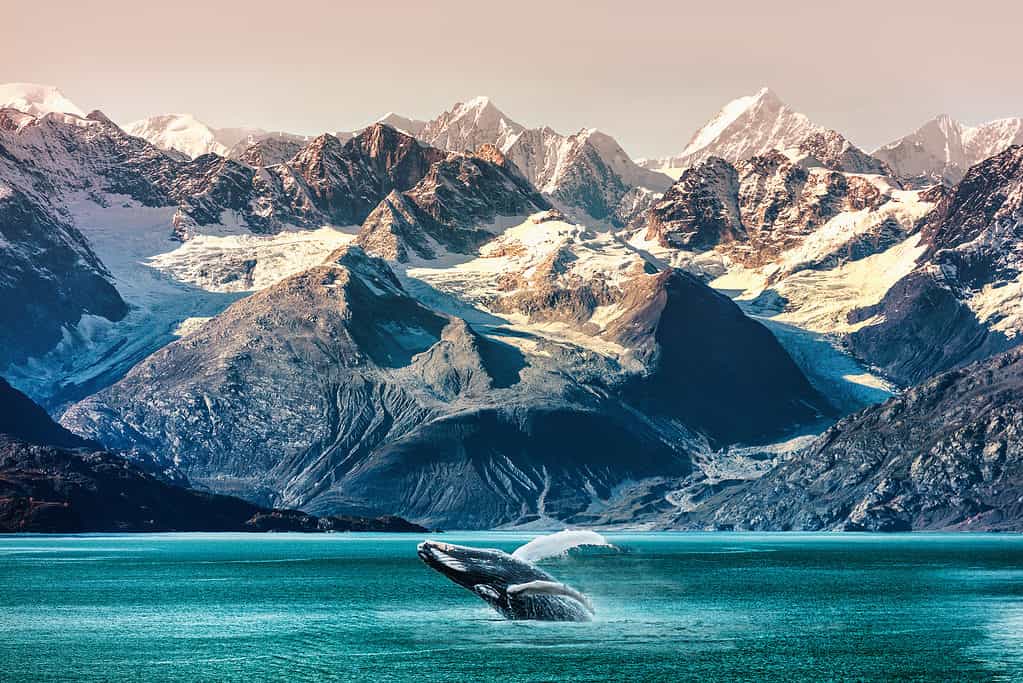
The second-largest landowner in Alaska is the state government, owning around 101 million acres.
©Maridav/Shutterstock.com
With the federal government’s vast landholdings in mind, let’s now turn our attention to the second-largest landowner in Alaska: the state itself. Owning approximately 101 million acres, the state of Alaska plays a vital role in managing and developing its land to promote economic growth while preserving the natural beauty and resources that make it unique. Let’s delve into the various ways the state of Alaska manages its land and contributes to the overall wellbeing of its residents and environment.
Alaska Department of Natural Resources
As we turn our attention to the State of Alaska’s land management efforts, a key player in this domain is the Alaska Department of Natural Resources (DNR). Tasked with overseeing the sustainable use and development of the State’s vast natural resources, the DNR plays a crucial role in shaping Alaska’s land management policies and practices. Let’s delve into the functions and responsibilities of the DNR and how it helps to manage Alaska’s state-owned lands.
- Division of Mining, Land, and Water: This division is responsible for overseeing land use planning, permitting resource development projects, and managing the state’s water resources. It ensures that Alaska’s land and water are managed sustainably to benefit both current and future generations.
- Division of Parks and Outdoor Recreation: This division manages the state’s park system, providing numerous recreational opportunities for residents and visitors alike. With a focus on park management and conservation, the Division of Parks and Outdoor Recreation works to maintain the pristine quality of these natural spaces for all to enjoy.
State-Owned Land and Its Purposes
While the state of Alaska is not the largest landowner in the region, it still holds millions of acres of land under its jurisdiction. These state-owned lands serve a variety of purposes, ranging from resource development and economic growth to recreation and conservation. Let’s explore how the state utilizes its landholdings to balance economic, social, and environmental objectives and how these purposes contribute to the overall well-being of Alaska and its residents.
- Public use and recreation: State-owned land in Alaska offers many opportunities for public enjoyment, from hiking and camping to fishing and wildlife viewing. By preserving these lands for public use, the State of Alaska encourages outdoor recreation and promotes a healthy, active lifestyle.
- Resource development: Alaska’s state-owned lands are also rich in natural resources, including oil and gas reserves, timber, and minerals. The responsible development of these resources is essential to the state’s economic growth, providing jobs and revenue while minimizing the environmental impact.
- Economic growth: By strategically managing its land and resources, the state of Alaska plays a significant role in fostering economic growth and prosperity. The state can create a stable, thriving economy that benefits all Alaskans through responsible land use planning and resource development.
3. Doyon, Limited — 12.5 Million Acres
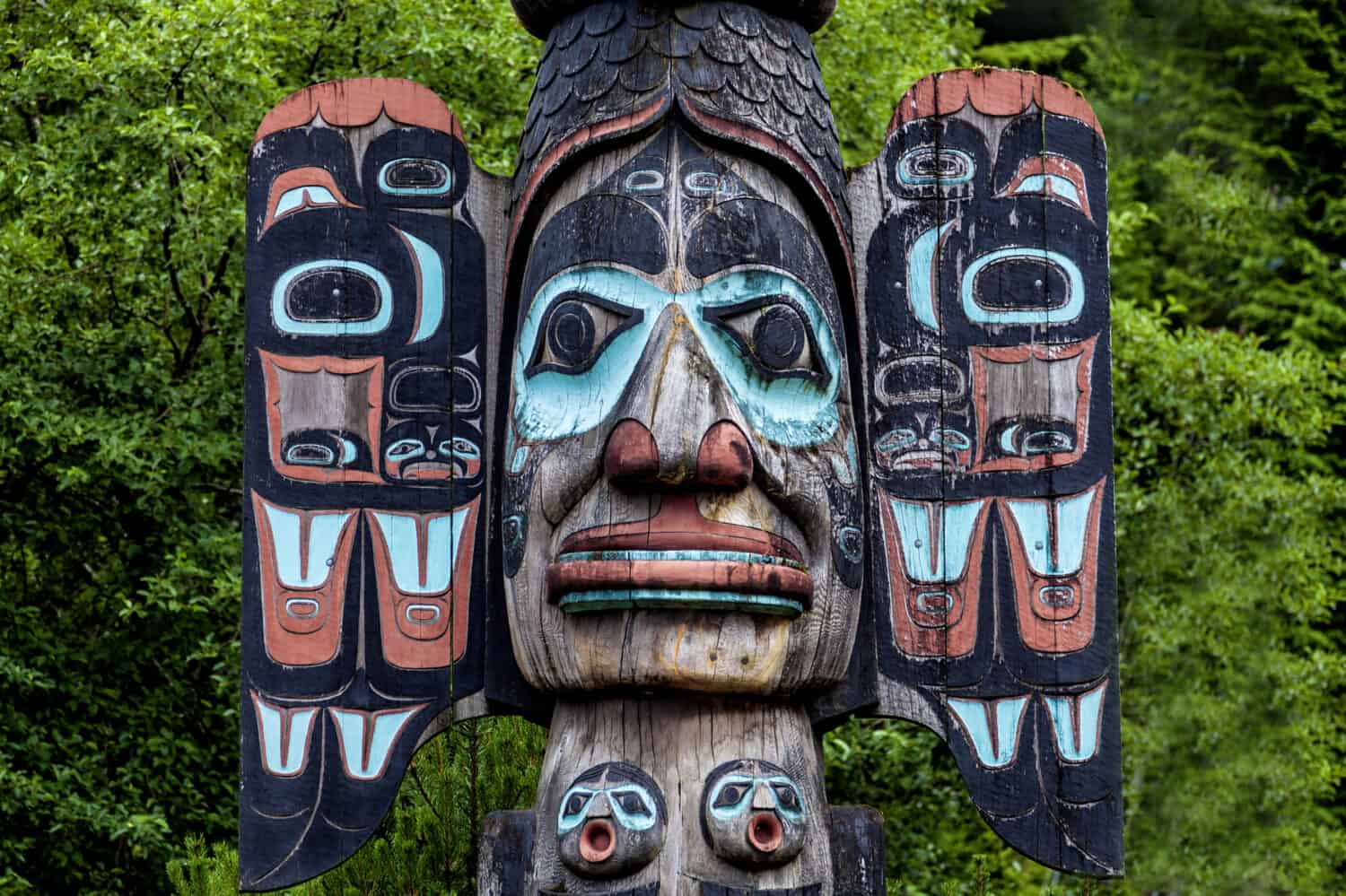
The indigenous people of Alaska own a large amount of land in the state and are some of its largest landowners.
©tonympix/Shutterstock.com
Now that we’ve explored the federal and state governments’ landholdings, let’s dive into the world of native corporations, starting with Doyon, Limited. As Alaska’s largest private landowner, Doyon, Limited boasts an impressive 12.5 million acres of land, which it manages on behalf of its shareholders — the Indigenous peoples of interior Alaska. Let’s delve into this significant Alaskan landowner’s history, land management, and economic impact.
History and Shareholders
Established by the Alaska Native Claims Settlement Act (ANCSA) of 1971, Doyon, Limited represents the interests of more than 20,000 shareholders, primarily comprised of Athabascan peoples from the interior region of Alaska. This historic legislation sought to address indigenous land claims and promote economic development in the state.
For the Athabascan people, the land is a valuable resource and an integral part of their cultural heritage. Doyon, Limited preserves and enhances this connection with land management that respects and honors the traditions of its shareholders.
Land Management and Resource Development
As a significant landowner in Alaska, Doyon, Limited plays an important role in managing and developing the resources found on its vast landholdings. Balancing economic opportunities with environmental stewardship and cultural preservation, Doyon practices responsible land management that benefits its shareholders and the broader Alaskan community. Let’s explore the various approaches to land management and resource development employed by Doyon, Limited.
- Sustainable forestry: Doyon, Limited follows responsible forest management. The corporation ensures that timber harvesting on its lands is sustainable with minimal environmental impact.
- Oil and gas exploration: As a landowner rich in natural resources, Doyon, Limited actively participates in oil and gas exploration, balancing the economic benefits of resource development with the need for environmental stewardship.
- Subsistence and traditional use: Recognizing the importance of subsistence and traditional use of the land, Doyon, Limited strives to protect and preserve these practices for the benefit of its shareholders and future generations.
4. Arctic Slope Regional Corporation — 5 Million Acres
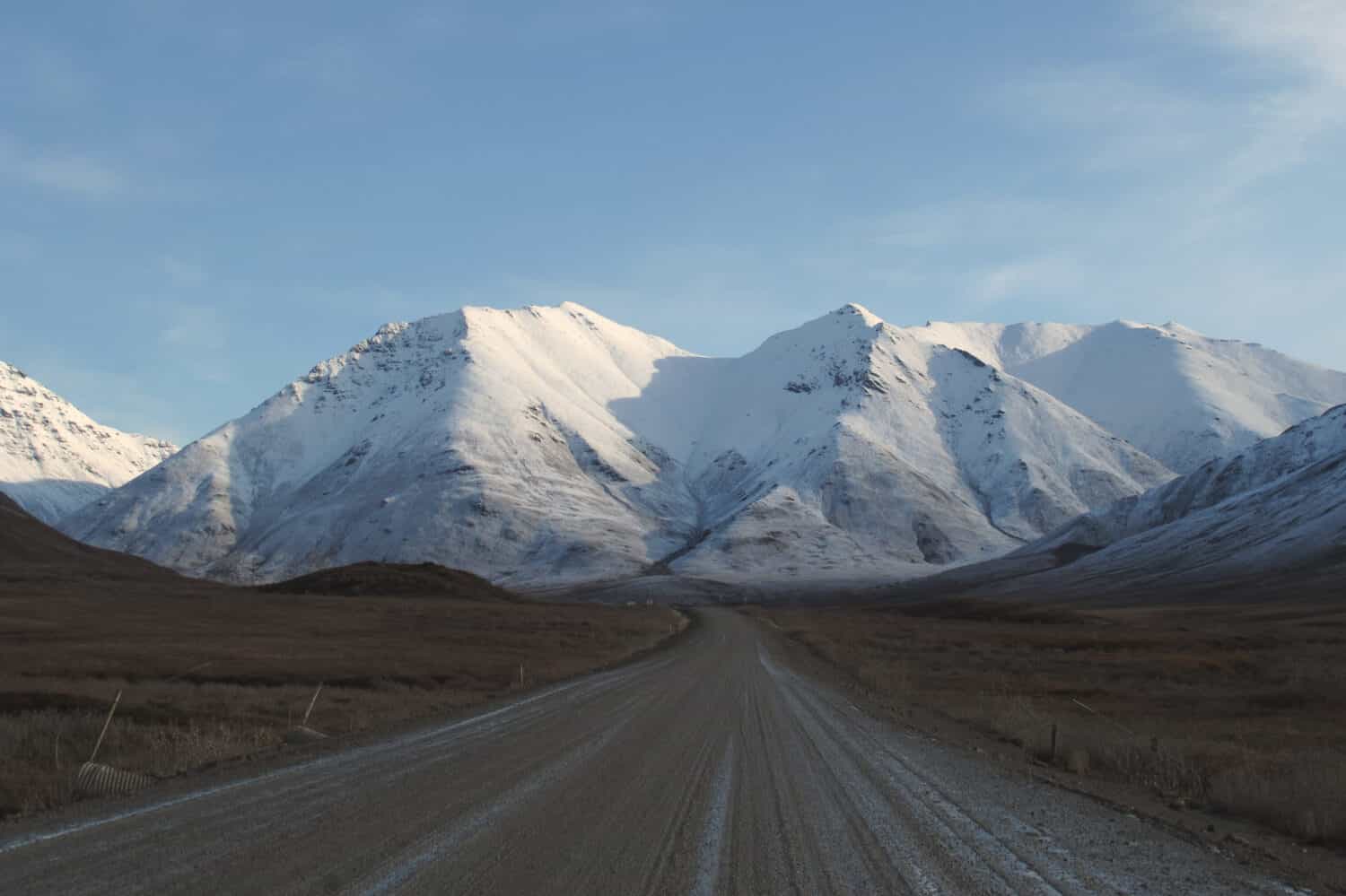
Arctic Slope Regional Corporation owns 5 million acres of Alaska and represents the interests of the Inupiat people.
©vagabond54/Shutterstock.com
Continuing our exploration of Alaska’s native corporations, let’s now journey to the far north of the state, where we’ll encounter the Arctic Slope Regional Corporation (ASRC). With an impressive 5 million acres of land under its management, ASRC represents the interests of the Inupiat people of Alaska’s North Slope. Let’s delve deeper into ASRC’s history, land management practices, and its commitment to economic development and environmental stewardship.
History and Shareholders
ASRC was established in 1972 as a result of the ANCSA. The corporation represents more than 13,000 Inupiat shareholders, whose deep connection to the land spans generations.
For the Inupiat people, their ancestral lands hold immense cultural and spiritual significance. ASRC has a dedication to preserving and strengthening this connection, managing its lands in a way that respects and honors the traditions of its shareholders.
Land Management and Resource Development
ASRC is a significant landowner in Alaska and a key player in managing and developing the resources found within its extensive landholdings. It focuses on striking a balance between harnessing economic opportunities and maintaining environmental stewardship while preserving the cultural values of its Indigenous shareholders. Let’s examine the various land management and resource development strategies employed by ASRC.
- Oil and gas development: The North Slope of Alaska is home to vast oil and gas reserves, making resource development a significant focus for ASRC. The corporation balances the economic benefits of oil and gas production with a commitment to responsible environmental stewardship.
- Renewable energy: ASRC also explores opportunities in renewable energy, investing in projects that promote sustainability and reduce the region’s reliance on fossil fuels.
- Wildlife conservation and subsistence activities: ASRC is dedicated to preserving the habitats of the unique Arctic wildlife that call its lands home. The corporation also recognizes the importance of subsistence activities for its shareholders and works to ensure these practices can continue for generations to come.
5. Bristol Bay Native Corporation — 3.025 Million Acres
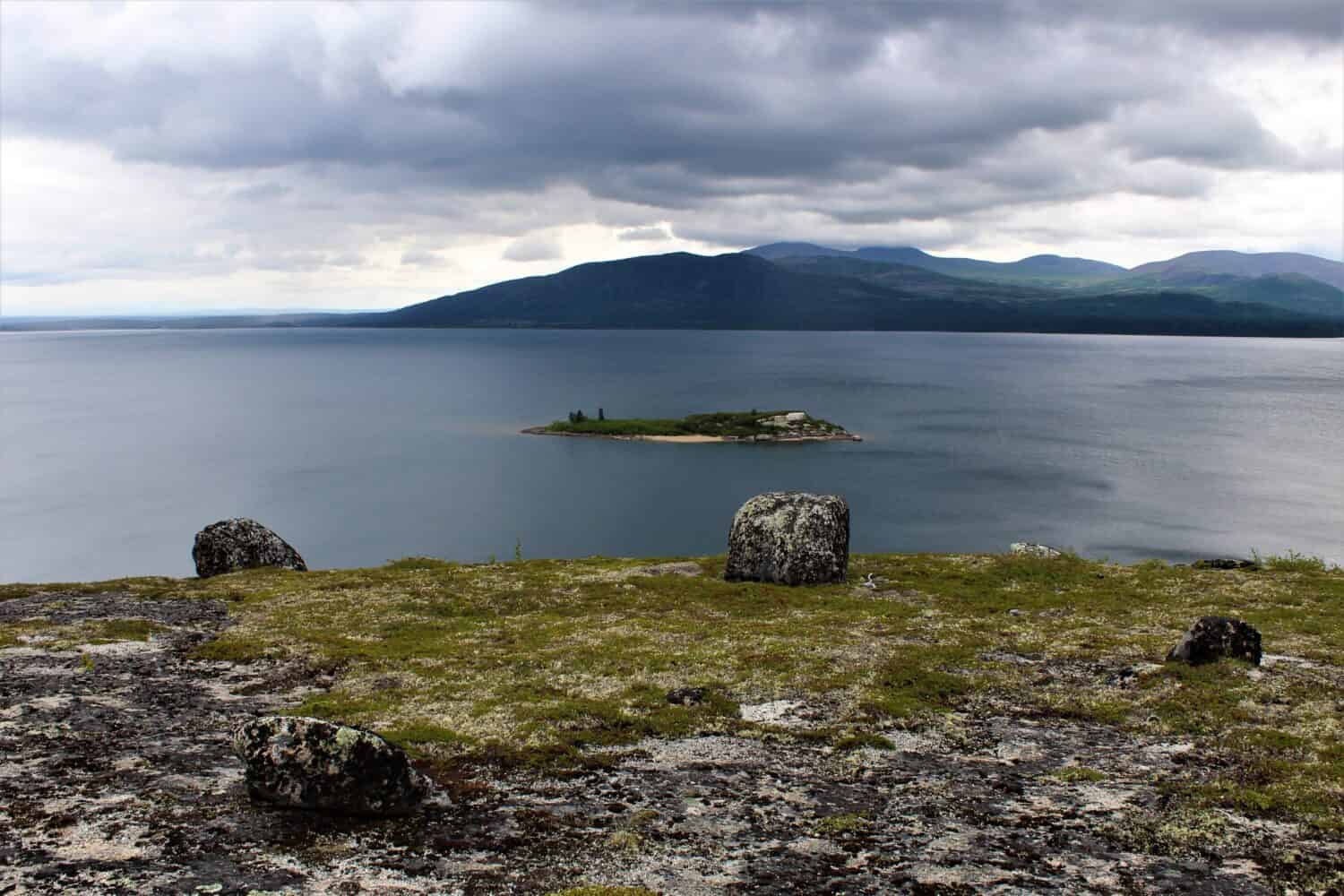
Bristol Bay’s BBNC manages 3.025 million acres of land in Alaska.
©liveyourlife/Shutterstock.com
As we venture further into the world of Alaska’s Native Corporations, we find ourselves in the magnificent Bristol Bay region, home to Bristol Bay Native Corporation (BBNC). Managing approximately 3.025 million acres of land on behalf of its more than 10,000 shareholders, BBNC is committed to balancing economic development with the preservation of the region’s rich cultural heritage and natural resources. Let’s explore this important Alaskan landowner’s history, land management practices, and community impact.
History and Shareholders
BBNC was formed in 1971 as a result of the ANCSA, representing the interests of the indigenous peoples of the Bristol Bay region, including the Yup’ik, Alutiiq, and Dena’ina.
The land in the Bristol Bay region holds immense cultural significance for the shareholders of BBNC. Accordingly, the corporation is dedicated to preserving and enhancing this connection by managing its lands in a manner that respects and honors the traditions of its shareholders.
Land Management and Resource Development
BBNC is a major landowner in Alaska, significantly managing and developing resources across its substantial landholdings. With a focus on creating a balance between economic growth, environmental stewardship, and cultural preservation, BBNC is dedicated to responsible land management practices that benefit its Indigenous shareholders and the wider Alaskan community. Let’s explore the various land management and resource development approaches employed by BBNC.
- Sustainable fisheries: The Bristol Bay region is renowned for its bountiful salmon runs, which are vital to the local ecosystem and the economy. BBNC is committed to supporting sustainable fisheries, ensuring the long-term health of this valuable resource.
- Responsible resource development: BBNC actively pursues responsible resource development opportunities on its lands, including mineral exploration and renewable energy projects. The corporation balances the economic benefits of these ventures with the need to protect the region’s unique ecosystems.
- Subsistence and traditional use: Recognizing the importance of subsistence activities and traditional land use for its shareholders, BBNC strives to protect and preserve these practices for future generations.
6. NANA Regional Corporation — 2.28 Million Acres
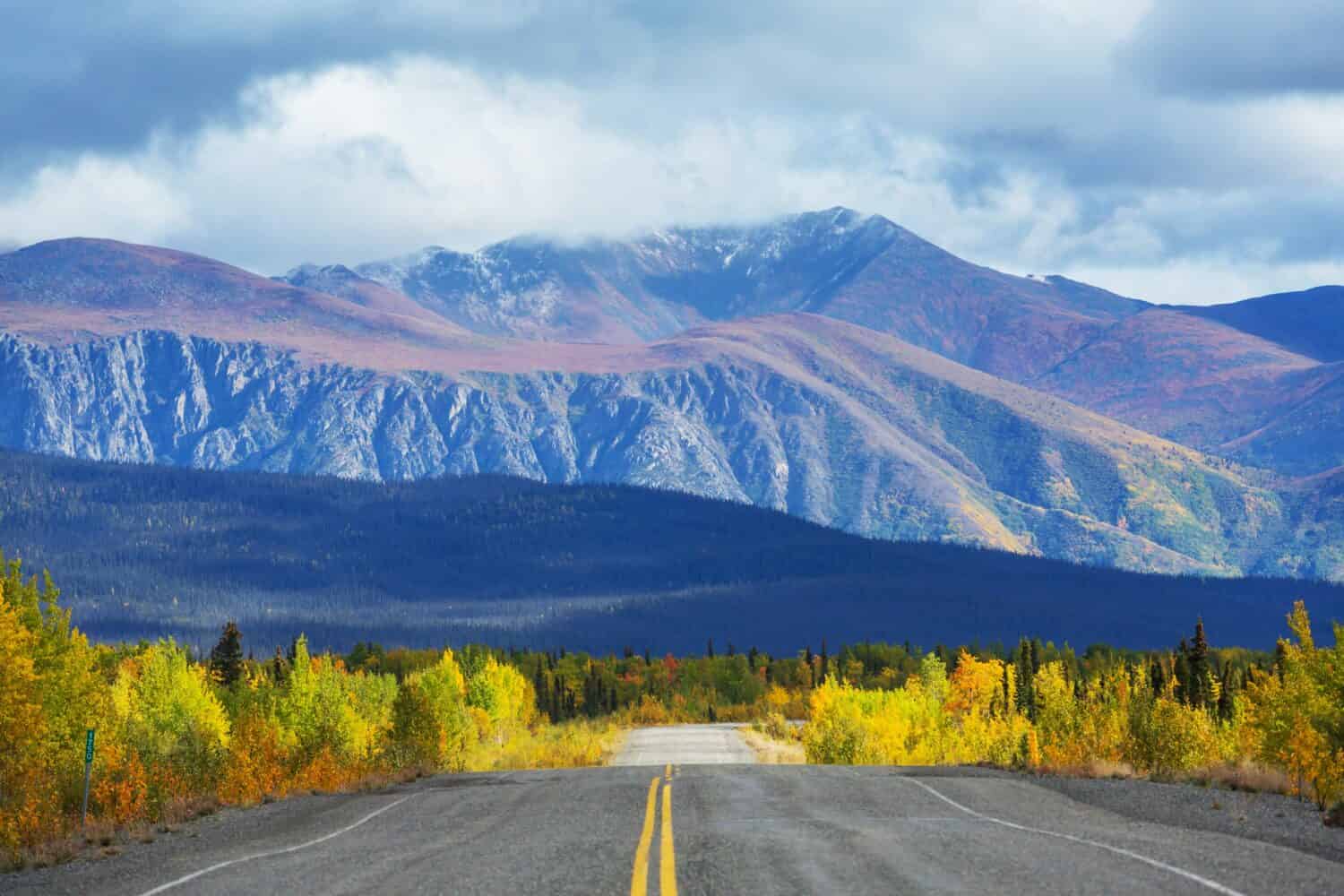
NANA’s landholdings span Alaska’s vast and diverse Northwest Arctic region, with 2.28 million acres of land.
©Galyna Andrushko/Shutterstock.com
Our journey through Alaska’s Native Corporations now leads us to the NANA Regional Corporation, which manages approximately 2.28 million acres of land on behalf of over 14,000 Iñupiaq shareholders. NANA’s landholdings span the vast and diverse Northwest Arctic region. The corporation is committed to fostering economic development while preserving the region’s unique cultural heritage and natural resources. Let’s take a closer look at the history, land management practices, and community impact of this important Alaskan landowner.
History and Shareholders
NANA was established in 1971 as a result of the ANCSA, representing the interests of the Iñupiaq people of Alaska’s Northwest Arctic region. The corporation’s mission is to promote its shareholders’ and future generations’ economic and social well-being.
For the Iñupiaq people, the land holds deep cultural and spiritual significance. NANA is dedicated to preserving and enhancing this connection by managing its lands in a manner that respects and honors the traditions of its shareholders.
Land Management and Resource Development
NANA plays a crucial role in managing and developing the resources found within its expansive landholdings. The corporation strikes a fair balance between economic opportunities, environmental stewardship, and cultural preservation for its Indigenous shareholders. Let’s delve into the various land management and resource development strategies employed by NANA.
- Responsible mining and resource development: NANA actively engages in responsible mining and resource development on its lands. The corporation balances the economic benefits of these ventures with a strong commitment to environmental stewardship and the wellbeing of its shareholders.
- Subsistence and traditional use: NANA recognizes the importance of subsistence activities and traditional land use for its shareholders. Accordingly, the corporation helps protects and preserve these practices for the benefit of current and future generations.
- Wildlife conservation: NANA helps conserve the unique habitats and wildlife that call its lands home. With responsible land management practices, the corporation helps maintain the ecological balance of the Northwest Arctic region.
Summary of the 6 Largest Landowners in Alaska
Here’s a recap of the six biggest owners of land in the state of Alaska.
| Rank | Landowner | Acres Owned |
|---|---|---|
| 1 | Federal Government | 223 million acres |
| 2 | State of Alaska | 101 million acres |
| 3 | Doyon, Limited | 12.5 million acres |
| 4 | Arctic Slope Regional Corporation | 5 million acres |
| 5 | Bristol Bay Native Corporation | 3 million acres |
| 6 | NANA Regional Corporation | 2.28 million acres |
Key Takeaways
And there you have it — a journey through Alaska’s wild, awe-inspiring landscapes, revealing the largest landowners who play an essential role in shaping this magnificent state’s future. Each landowner brings a unique perspective and goals to managing and developing Alaska’s resources and environment.
As we’ve seen, landownership in Alaska is more than just a matter of acreage. It’s a delicate balance of economic development, conservation efforts, and the preservation of cultural heritage. As a result, these landowners, government agencies, and local communities must work together to ensure the sustainable management of Alaska’s land for generations to come.
Thank you for reading! Have some feedback for us? Contact the AZ Animals editorial team.







